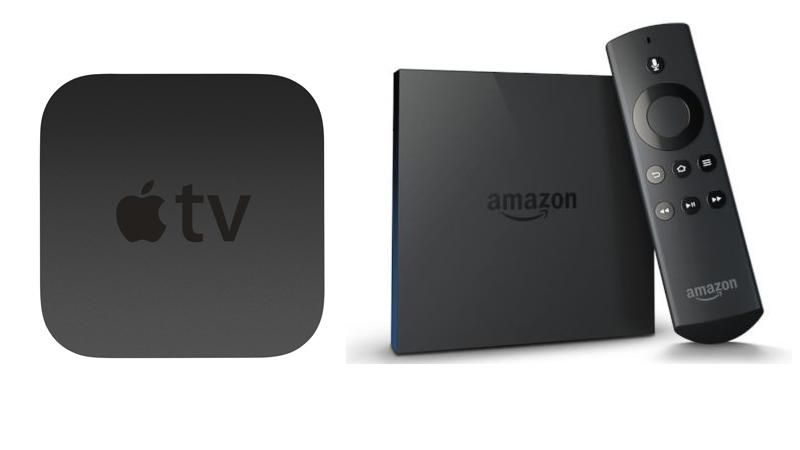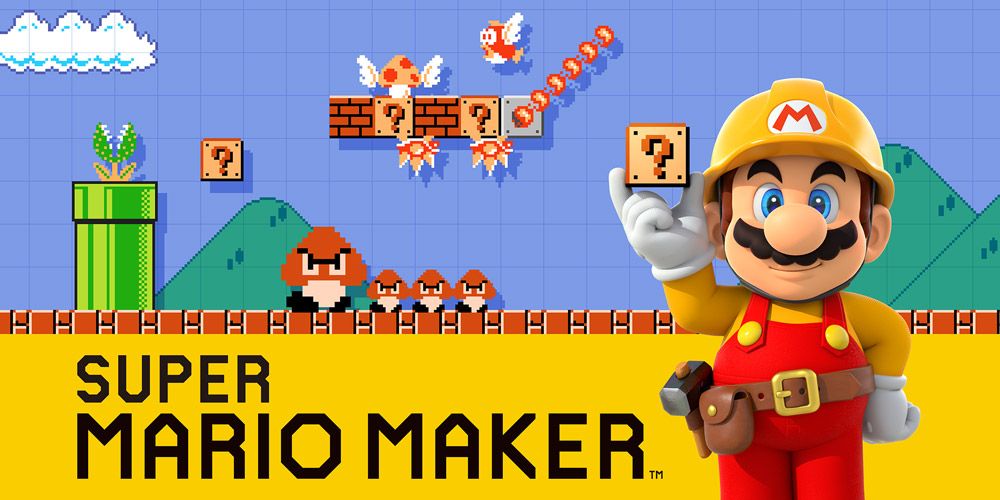The game industry has seen massive changes in the last decade or so that were driven by technology, and more such changes lie ahead. Video games have always been integral with advances in computing and graphics, and in fact most of the industry’s technical expenditures in the last few decades have been about adapting to new platforms and graphics capabilities. Recently, though, we’ve seen the game industry driven not by the cutting edge of graphics and display technologies, but instead by the Internet, social networks, and the incredible growth of mobile platforms (smartphones and tablets).
The changes aren’t over for gaming, though, as technologies continue to drive major market moves. Here are three of the technologies with the potential to create or transform billions of dollars in revenue — and how that’s likely to occur.
Virtual Reality (VR) and Augmented Reality (AR)
Yes, the media has been all over the wonders of virtual reality and augmented reality. Analysts call for it to be huge. “I believe that augmented reality will be the biggest technological revolution that happens in our lifetimes,” said Tim Sweeney of Epic Games. Manging Director Tim Merel of Digi-Capital thinks the combined AR and VR market will hit $150 billion by 2020. Merel believes the game market for AR and VR will become billions of dollars in size. The opportunities for AR and VR game publishers could eventually rival the mobile game or console market. Talking about the arrival of virtual reality as a mass consumer phenomenon, Sony’s Dave Ranyard said during his Develop panel discussion, “It’s not if, it’s when.”
Yet the actual reality of these technologies, transformative though they may be, is that they are not going to be swift in coming to market. Initial price points will mostly be high, and the technologies will be complex to set up and use, with numerous drawbacks. However, we will see the effects on the entire market in a shorter time frame — in fact, we’re already seeing the effects. Games will need to be designed differently — “We have to design the entire interface from scratch,” said one VR developer at E3. Menu options and health bars and radar can’t be put at the edges of the screen without destroying the immersive feel, or covering up a significant part of what makes the experience work.
Just as mobile games have influenced PC and console games, so too will VR and AR games influence design on other platforms — even before AR and VR truly arrive in big numbers. Developers are already considering the potential for AR or VR usage with some titles, and therefore taking a second look at “standard” design elements. Mobile games caused designers to ditch long intros for games, and that’s spread to other platforms. Elements that are found to work well for VR games will no doubt spread to other versions of the game on other platforms.
Developers are already working in VR to existing titles, such as EVE: Valkyrie or Elite: Dangerous, adding VR capability to enhance game play. Microsoft has already announced a version of Minecraft for the HoloLens AR device, and you can bet there will be more. It seems likely that Sony will connect some of its existing franchises with Project Morpheus VR in some fashion, in order to help drive sales of both. VR and AR devices may be used to help drive adoption of platforms — if you think Sony won’t use Project Morpheus to try and boost PlayStation 4 sales, you’re aren’t thinking it through.

The Micro-Consoles
The concept of taking powerful mobile processors and putting them into low cost consoles (typically $99) has been around for years, but without much traction so far. The OUYA console was the most famous of these, and it never found a foothold in the market. Now, though, it’s getting a second life by helping Razer boost its Forge TV micro-console. Nvidia’s Shield console is also looking to grab some serious attention this year. Amazon continues to add features to its impressive Fire TV platform, which is available not only as a micro-console but as an even cheaper Fire TV stick.
What’s changed to make this hardware more attractive Google has gotten solidly behind the Android TV initiative, and is encouraging developers and hardware manufacturers to support it. Equally important, the CPUs and GPUs powering these devices have hit new power levels, driving graphics easily beyond last generation consoles and in some ways rivaling or exceeding the PS4 and Xbox One (some micro-consoles, like the Nvidia Shield, can stream 4K content — something neither the PS4 nor the Xbox One can handle).
The latest news is that Apple is planning to debut its new Apple TV, powered by an A8 processor, this September — and the device will finally have an App Store, which means games, games, games. Apple has already sold over 25 million of these devices, but with its new Apple Music and (rumored) TV channel bundle, the potential is for this $99 box to sell tens of million of units in record time, quickly propelling it into a similar installed base to the leading consoles.
The result will be a market worth billions to game developers, as mobile titles migrate to the living room — and types of game play that don’t work well on mobile find a ready place on micro-consoles, with a built-in marketing connection to the vast mobile audience already primed and ready to adopt these games. This will be an enormous opportunity for the game industry, and an enormous challenge for traditional console makers. Who the winners will be isn’t clear, but there surely will be some.

The democratization of game creation
The last technology that’s already changing the face of the games industry isn’t hardware — it’s software. The tools that are used to create games were once non-existent — games were coded in assembly language, right down close to the hardware, in order to get the performance needed. Gradually, as hardware became more capable, tools emerged to help create games. These tools evolved into a burgeoning middleware market, but in the early days tools were expensive — thousands of dollars. Development systems for consoles were tens of thousands of dollars, and they were only sold to developers who passed an administrative and bureaucratic gauntlet.
Fast forward to the modern day, when the two biggest game engines in the market (Unity and Epic’s Unreal Engine) are given away for free at the basic level. These engines also support nearly every platform out there, have vast arrays of tools and capabilities as well as thriving marketplaces where developers can get plenty of useful material for games. Android and iOS development is relatively easy, too, and the fact that there are now hundreds of thousands of game developers attests to the ease of entry.
Beyond making game creation easy for professionals, we’re seeing the migration of game content creation into the hands of users. Minecraft shows the enormous market awaiting games that provide a nifty set of tools for users to showcase their creativity. More and more games are including the capability for user-generated content (UGC). We’re seeing games like Super Mario Maker bringing game creation as a fun activity to console players. Steam Workshop lets players sell content they’ve created to other players.
In many ways, the explosive growth of game livestreams can be seen as creating game content. Those creators are providing an engaging experience, through their skill at game play or skill at commentary, and it’s found a huge audience among game fans. Livestreaming alone is driving billions in market value, both from eSports and from streaming services.
The Future is Here
These game technologies are already in place and beginning to drive the game markets, and their influence will continue to grow in the coming years. Savvy marketers will keep an eye on these trends, and look for ways their games and brands can take advantage of them. It’s not just the billions in revenue, it’s the hundreds of millions of players engaged in these technology trends that will become increasingly important in the years ahead.





